Advertisement
Grab your lab coat. Let's get started
Welcome!
Welcome!
Create an account below to get 6 C&EN articles per month, receive newsletters and more - all free.
It seems this is your first time logging in online. Please enter the following information to continue.
As an ACS member you automatically get access to this site. All we need is few more details to create your reading experience.
Not you? Sign in with a different account.
Not you? Sign in with a different account.
ERROR 1
ERROR 1
ERROR 2
ERROR 2
ERROR 2
ERROR 2
ERROR 2
Password and Confirm password must match.
If you have an ACS member number, please enter it here so we can link this account to your membership. (optional)
ERROR 2
ACS values your privacy. By submitting your information, you are gaining access to C&EN and subscribing to our weekly newsletter. We use the information you provide to make your reading experience better, and we will never sell your data to third party members.
Infectious disease
Laura-Isobel McCall
Molecular mapmaker is exploring the chemical signatures of parasites and their hosts
by Celia Henry Arnaud
August 14, 2020
| A version of this story appeared in
Volume 98, Issue 31

Credit: University of Oklahoma (McCall); Science Stock Photography/Science Source (Trypanosoma cruzi); Molview (structures); Natural History Museum/Science Source (kissing bug)
Laura-Isobel McCall is a molecular mapmaker. She draws 3-D maps of the interactions between disease-causing pathogens and the hosts they infect.
McCall’s lab at the University of Oklahoma focuses on the importance of physiological location in pathogens’ interactions with their hosts. For example, Chagas disease, which is caused by Trypanosoma cruzi infection spread by the triatomine (or “kissing”) bug, affects particular parts of the body—the heart, the esophagus, and the large intestine. And it doesn’t damage the whole heart, just parts of it. For her studies, she uses a method called molecular cartography, in which she uses mass spectrometry–based metabolomics to map the 3-D distribution of molecules.
Advertisement
“Using 3-D metabolomics, we’re starting to understand what’s getting damaged and where the metabolic changes are, which is not always where the parasite is,” McCall says. “We’re finding more and more that the metabolic environment is a huge determinant of why things are happening where they’re happening.” For Chagas disease, most of the important molecules she’s found using molecular cartography are from the host rather than the parasite.
McCall wants to make a real-world difference by using the information from these 3-D maps to develop therapies. “Because these are neglected diseases, there’s not much of an industry market. People aren’t going to be picking up my idea and moving it forward,” she says. “If we want to move it forward, we have to do a lot of the legwork ourselves.”
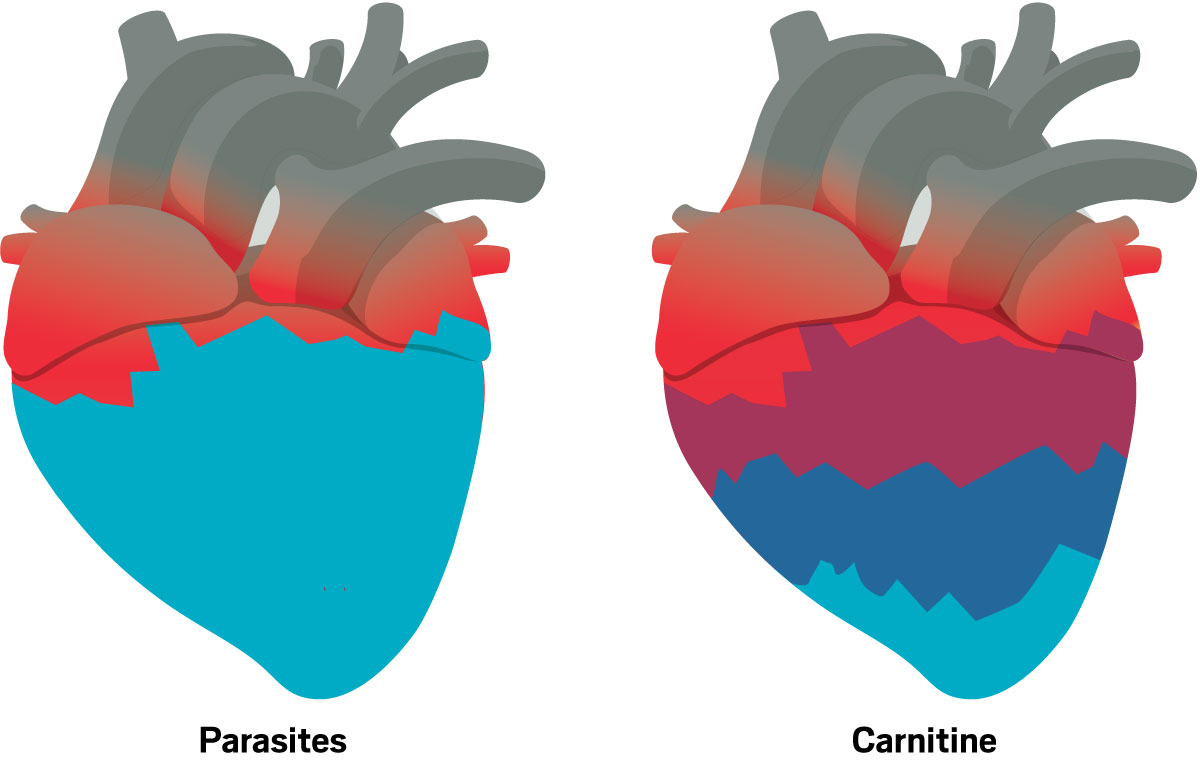
McCall has been interested in the problem of infectious diseases ever since reading a biography of Louis Pasteur as a child. That fascination led her to Greg Matlashewski’s lab at McGill University, where she earned a PhD in microbiology and immunology for her work on the parasitic disease leishmaniasis. She completed the degree in 4 years even though for much of the time her mentor was on a 2-year leave of absence to work at the World Health Organization in Geneva. “She basically was able to do her PhD largely independent from my input,” Matlashewski says.
As a postdoctoral scholar working with James McKerrow at the University of California San Diego, McCall continued to study leishmaniasis. It was there that she first started to explore Chagas disease, which has since become the focus of her independent career.
Both of her parents are chemists, so she’s not surprised that she’s ended up in a chemistry department even though none of her degrees are in chemistry. “Microbiology is a catchall for the question you’re trying to answer but not so much for the tools that you use,” McCall says.
Robert Cichewicz chaired the search committee that hired McCall at the University of Oklahoma. “The search wasn’t set up to find someone like her. She happened to come across the radar,” Cichewicz says. “I had to convince my colleagues, we’ve got to change the parameters because we’ve got something really special here.”
Cichewicz may have taken a gamble by advocating hiring a microbiologist as a chemist, but it’s one that’s paying off. “She’s lived up to all the hype I had in my mind,” Cichewicz says. “She’s really unique, and she has not let me down for a moment.”
Vitals
Current affiliation: University of Oklahoma
Age: 31
PhD alma mater: McGill University
Hometown: Montreal, Quebec
If I weren’t a chemist, I’d be: A dancer. “I am a certified highland dancing instructor.”
If I were an element, I’d be: Mercury. “It’s versatile, useful, and shiny. Its common name of quicksilver is probably a good characterization for me; I can often be found running up and down my building’s stairs.”
Laura-Isobel McCall is a molecular mapmaker. She draws 3-D maps of the interactions between disease-causing pathogens and the hosts they infect.
Vitals
▸ Current affiliation: University of Oklahoma
▸ Age: 31
▸ PhD alma mater: McGill University
▸ Hometown: Montreal, Quebec
▸ If I weren’t a chemist, I’d be: A dancer. “I am a certified highland dancing instructor.”
▸ If I were an element, I’d be: Mercury. “It’s versatile, useful, and shiny. Its common name of quicksilver is probably a good characterization for me; I can often be found running up and down my building’s stairs.”
McCall’s lab at the University of Oklahoma focuses on the importance of physiological location in pathogens’ interactions with their hosts. For example, Chagas disease, which is caused by Trypanosoma cruzi infection spread by the triatomine (or “kissing”) bug, affects particular parts of the body—the heart, the esophagus, and the large intestine. And it doesn’t damage the whole heart, just parts of it. For her studies, she uses a method called molecular cartography, in which she uses mass spectrometry–based metabolomics to map the 3-D distribution of molecules.
“Using 3-D metabolomics, we’re starting to understand what’s getting damaged and where the metabolic changes are, which is not always where the parasite is,” McCall says. “We’re finding more and more that the metabolic environment is a huge determinant of why things are happening where they’re happening.” For Chagas disease, most of the important molecules she’s found using molecular cartography are from the host rather than the parasite.
McCall wants to make a real-world difference by using the information from these 3-D maps to develop therapies. “Because these are neglected diseases, there’s not much of an industry market. People aren’t going to be picking up my idea and moving it forward,” she says. “If we want to move it forward, we have to do a lot of the legwork ourselves.”
McCall has been interested in the problem of infectious diseases ever since reading a biography of Louis Pasteur as a child. That fascination led her to Greg Matlashewski’s lab at McGill University, where she earned a PhD in microbiology and immunology for her work on the parasitic disease leishmaniasis. She completed the degree in 4 years even though for much of the time her mentor was on a 2-year leave of absence to work at the World Health Organization in Geneva. “She basically was able to do her PhD largely independent from my input,” Matlashewski says.
As a postdoctoral scholar working with James McKerrow at the University of California San Diego, McCall continued to study leishmaniasis. It was there that she first started to explore Chagas disease, which has since become the focus of her independent career.
Both of her parents are chemists, so she’s not surprised that she’s ended up in a chemistry department even though none of her degrees are in chemistry. “Microbiology is a catchall for the question you’re trying to answer but not so much for the tools that you use,” McCall says.
Robert Cichewicz chaired the search committee that hired McCall at the University of Oklahoma. “The search wasn’t set up to find someone like her. She happened to come across the radar,” Cichewicz says. “I had to convince my colleagues, we’ve got to change the parameters because we’ve got something really special here.”
Cichewicz may have taken a gamble by advocating hiring a microbiologist as a chemist, but it’s one that’s paying off. “She’s lived up to all the hype I had in my mind,” Cichewicz says. “She’s really unique, and she has not let me down for a moment.”












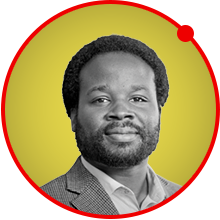




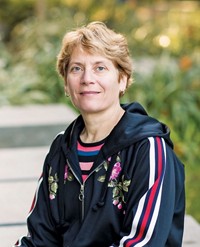
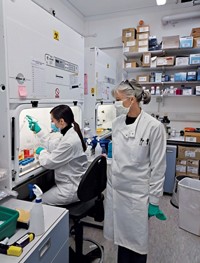
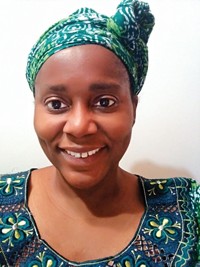

Join the conversation
Contact the reporter
Submit a Letter to the Editor for publication
Engage with us on Twitter